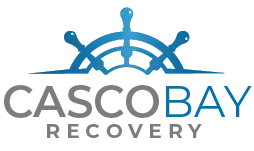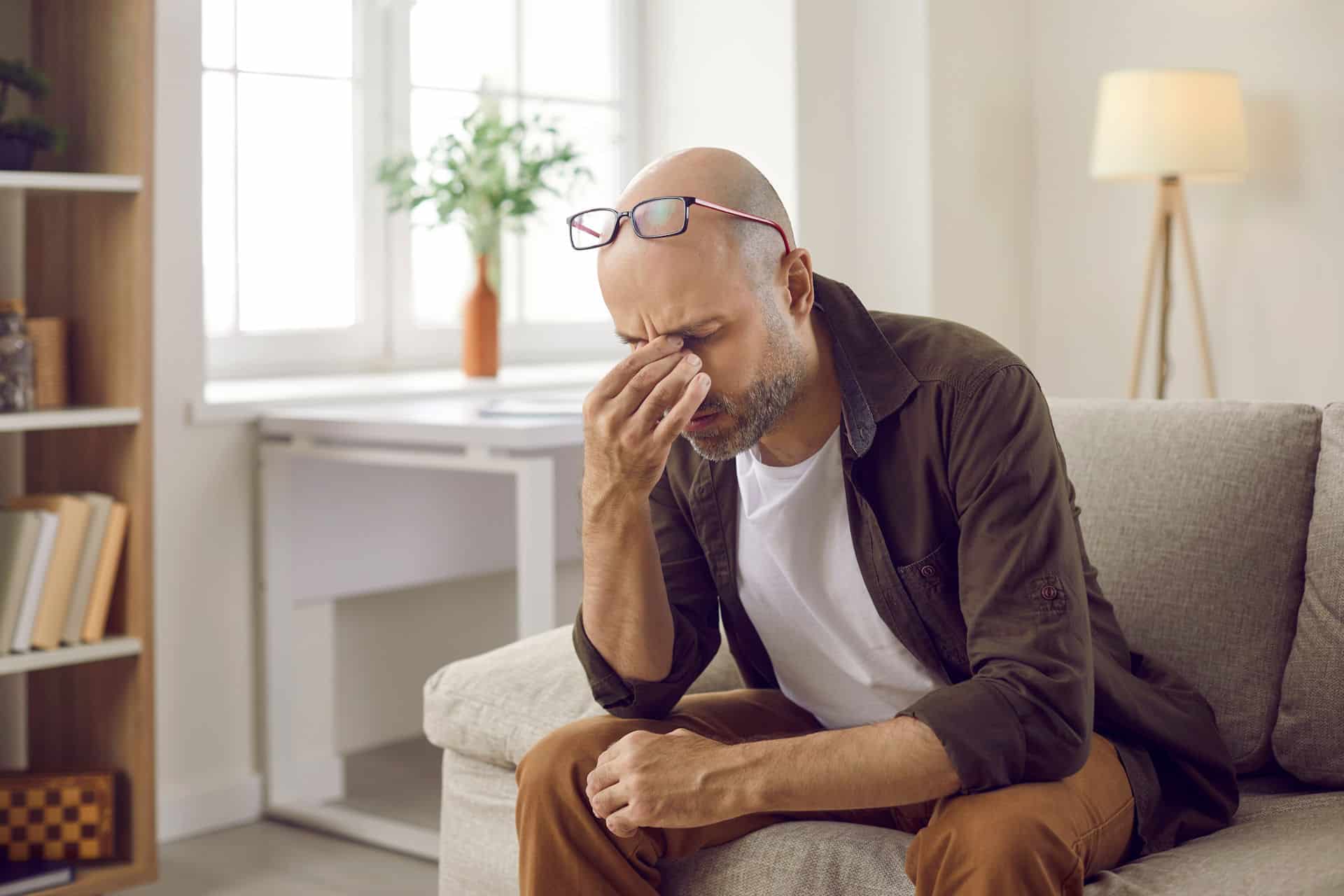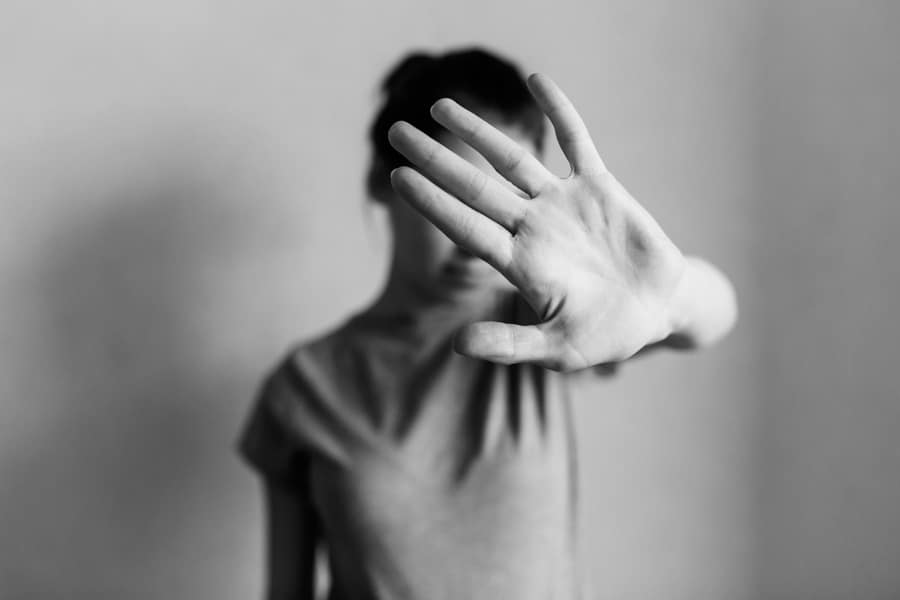Is the wide variety of options when it comes to opioid addiction treatment programs due to the opioid epidemic in the US? Because addiction leads to the worst outcomes for people affected by the opioid epidemic, having many treatment options is instrumental in overcoming it.
Opioids are a type of addictive drug that also can be classified as narcotics. Examples of opioids include strong prescription pain relievers — such as fentanyl, hydrocodone, oxycodone, and tramadol. Heroin, an illegal street drug, is also an example. However, you don’t need to go to the streets to find opioids. It’s not difficult to get an opioid prescription for pain relief — especially after major surgery or injury, or when you’re experiencing severe chronic pain from conditions like cancer.
Prescription opioids are generally safe when you take them by following your doctor’s instructions, and the medication period is short. However, opioid misuse and eventual addiction are still potential risks. If you or someone you care about seem to be developing a dependency on opioids, reach out to Casco Bay Recovery. Call 844.956.3520 or contact our team online.
What Is the Opioid Epidemic?
Pharmaceutical companies in the 1990s went to great strides to convince the medical community that prescription opioids weren’t highly addictive, so health care providers started to prescribe them more to their clients. This increase in opioid prescription rates led to the widespread misuse of all opioids — prescription drugs and heroin.
The devastating consequences of opioid misuse and eventual addiction include the rising incidence of newborns experiencing withdrawal syndrome due to opioid use by their mothers during pregnancy. Opioid overdoses also accounted for an increasing number of deaths each year, with an estimated 40% of these fatal overdoses involving prescription opioids.
In 2017, the US Department of Health and Human Services (HHS) declared a public health emergency and identified the situation as an opioid epidemic. Policymakers started to focus on substance abuse prevention and treatment needs, including providing opioid rehab program options, in their communities.
What Are the Signs That Someone Needs Admittance into an Opioid Addiction Treatment Program?
Opioid use disorder involves not being able to abstain from using opioids and maintaining addictive behaviors that interfere with daily life. Having a physical dependency on opioids can also occur when someone has an opioid use disorder, which leads to sometimes experiencing withdrawal symptoms such as excessive sweating and uncomfortable drug cravings. However, people can misuse opioids and not develop a physical dependence on the substance.
Opioid use disorder may be diagnosed by a health care professional. However, you can also look for visible physical signs and obvious mental side effects of opioid addiction — such as the following:
- Changes in sleep patterns
- Changes in exercise routines
- Decreased libido
- Experiencing flu-like symptoms
- Extreme drowsiness
- Financial troubles, which can lead to stealing from family or friends
- Isolation from family or friends
- Lack of hygiene
- Uncontrollable opioid cravings
- Weight loss
What Should You Expect From an Opioid Rehab Program?
Professional treatment for opioid use disorder typically increases the chances of a successful recovery from addiction. However, opioid addiction treatment programs will typically include medication-assisted treatment (MAT) in the form of buprenorphine, methadone, or naltrexone doses — paired with other forms of care such as behavioral therapy. Overall, the usual components of opioid addiction treatment programs include the following:
- Behavioral therapies and counseling
- Hospital-based or residential treatment
- MAT with prescribed medications
- Over-the-counter (OTC) medications
- Plans for aftercare and follow-up treatments
Buprenorphine and methadone can decrease opioid withdrawal symptoms and cravings, which is why they’re typically used early on in the detox process. They work by acting on the same receptors that addictive opioids target in the brain but they do not provide that feeling of being high that people struggling with addiction crave.
There is also a combination drug that contains both that includes buprenorphine and naloxone. The most well-known brand name of this drug is Suboxone. Naloxone is a drug that’s often used to treat opioid overdoses. If a client takes naloxone with buprenorphine, they will be less likely to misuse buprenorphine.
Naltrexone works differently than methadone and buprenorphine, as it doesn’t help clients dealing with opioid withdrawal symptoms or cravings. Instead, naltrexone takes away the high that you would normally get when you take opioids. Because of this, naltrexone is usually prescribed to prevent relapse and not simply to help discourage opioid use. A client has to be off opioids for at least a week or more before they can take naltrexone. Otherwise, they can experience bad withdrawal symptoms.
Clients may safely take these prescribed medicines for months, years, or even a lifetime. However, their use should always be monitored by a health care provider.
Ready to Learn More About Casco Bay Recovery’s Opioid Addiction Treatment Program?
If you or someone you care about is ready to get on the path to opioid addiction recovery, reach out to Casco Bay Recovery. You can call 844.956.3520 or contact our team online.






